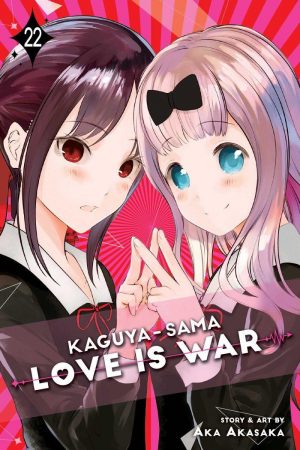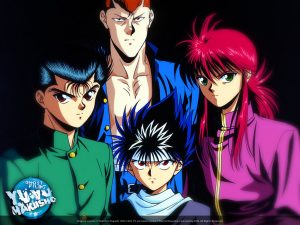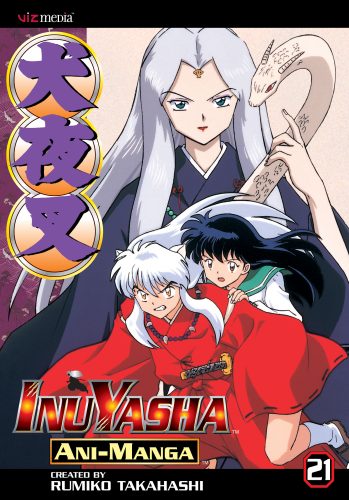
If you were a young otaku in the mid 2000s, you may remember an odd type of comic that had its heyday around that time – Ani-Manga. These were adaptations of anime and other TV shows that took stills from the shows themselves and arranged them into a paneled comic format. You could find Ani-Manga versions of Inu-Yasha, Yu-Gi-Oh, and even SpongeBob SquarePants on store shelves and in Scholastic Bookfairs nationwide. But where exactly did these comics come from? Do they still exist? And why did they ever exist in the first place? Come with us on our deep dive into the strange phenomenon of Ani-Manga.
What is Ani-Manga?
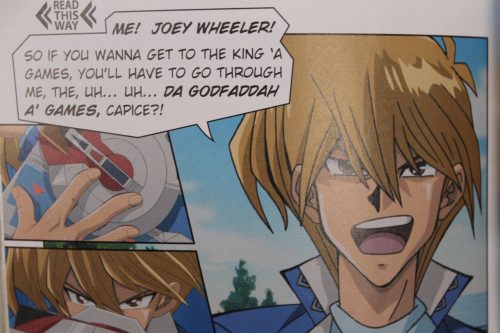
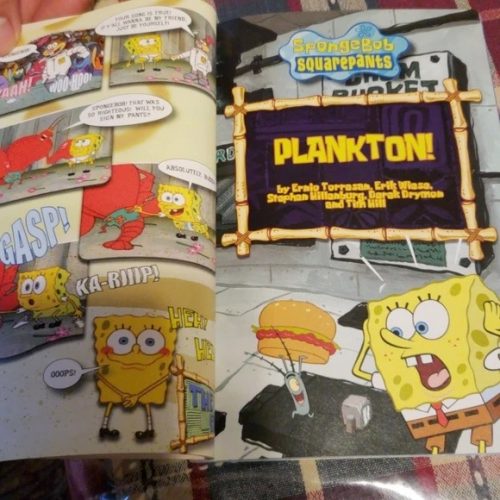
This peculiar comic format goes by many names: Viz Media calls it Ani-Manga, Tokyopop calls it Cine-Manga, the Japanese publishing industry uses the terms film comic or anime comic, and various versions of the concept around the world have been called things like photonovels, fotonovela, fumetti, and more. They’ve also been used for many different purposes over time. Before home video existed, Star Trek fans in the ‘70s could relive their favorite episodes through official “Fotonovels” that turned screenshots from the show into easily digestible books. Latin America and Italy also had their fair share of photo comics, used for existing properties as well as original melodramas and public health education.
Anime-related photo comics are still made today, although mostly for properties that don’t have manga versions (such as Ghibli movies and non-canon anime films). But the vast majority of them came out in the 2000s, when Viz and Tokyopop released dozens of titles under the Ani-Manga and Cine-Manga names. Some were translated from Japanese publications, such as the Inu-Yasha Ani-Manga, while others were original English language comics that covered everything from Avatar: The Last Airbender to Lizzie Maguire.
At this time, anime was the hot new thing among children and teens, but they weren’t as used to manga yet. It was difficult to get consistent English releases of anything but the most noteworthy titles, so Western audiences didn’t always know how to approach a black-and-white comic with a sketchier art style that you had to read right-to-left. Nowadays, any otaku worth their Pocky can read and understand manga without a problem, but it makes sense that in those earlier days, an exact replica of a popular anime in full-color comic format would make more sense to these readers.
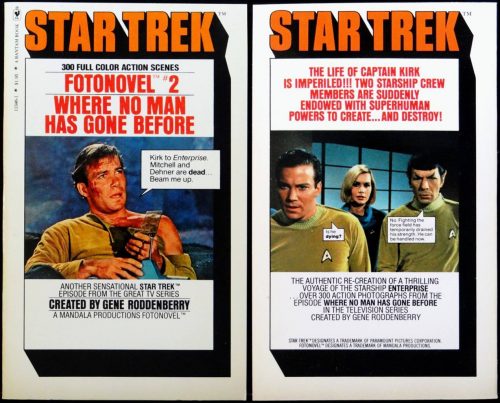
But Why Make Ani-Manga for Japanese Audiences?

But perhaps you caught the inconsistency there; not all of these Ani-Manga titles were made for Westerners. Some of them were still read right-to-left, and those were the translated comics that were originally made in Japan. But for a Japanese audience that’s used to manga, why go through the trouble of rearranging anime stills into a comic that already exists? We understand it for anime-only material, but if Japanese kids already have Naruto, why would they need the Ani-Manga version as well?
That’s honestly the million-dollar question, and we don’t have a solid answer that we could find. Our best guess is that this was a cheap way to make full color, easily readable manga for children, and Western publishers expanded on the idea to cater to the burgeoning overseas anime fanbase. It was a niche that flourished for a short time, and only still exists these days for a select few scenarios that it makes sense for.
Final Thoughts
Have you ever read an Ani-Manga book or even another kind of photo comic before? Do you remember seeing them as a kid? Why do you think Japanese publishers made them? Let us know in the comments, and thanks so much for reading!
Recommended Post
Top 10 Starter Manga [Updated]
Recommended Post


